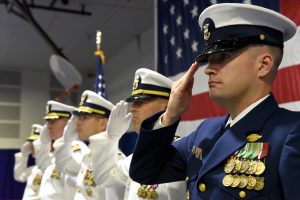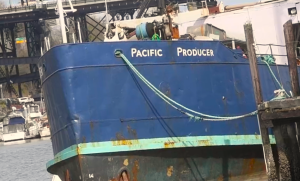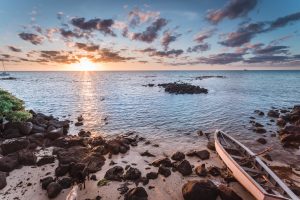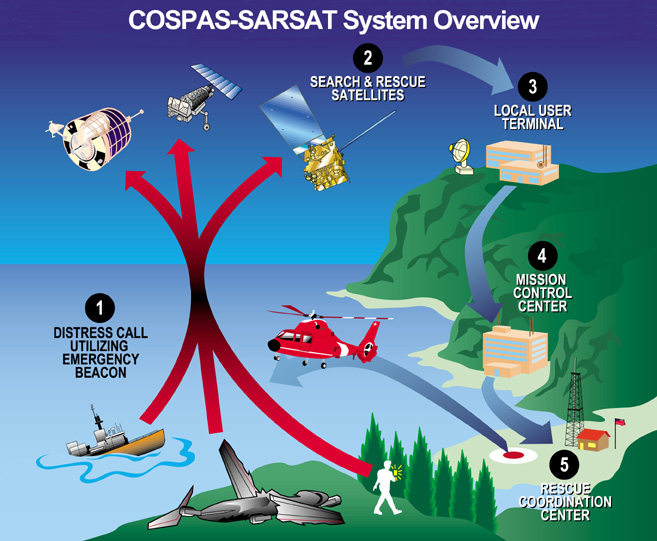What Caused the Sinking of the F/V Hotspur?
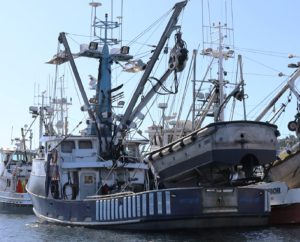 The National Transportation Safety Board (NTSB) has completed an inquiry into the 2022 sinking of the F/V HOTSPUR near Prince of Wales Island. The report concludes that an unnoticed leak in an unoccupied area likely caused the vessel to lose stability, capsize, and sink near Nunez Rocks. Bilge alarms failed to sound or alert crew members that there was flooding below deck, which led to the capsizing of the 53-foot purse seiner.
The National Transportation Safety Board (NTSB) has completed an inquiry into the 2022 sinking of the F/V HOTSPUR near Prince of Wales Island. The report concludes that an unnoticed leak in an unoccupied area likely caused the vessel to lose stability, capsize, and sink near Nunez Rocks. Bilge alarms failed to sound or alert crew members that there was flooding below deck, which led to the capsizing of the 53-foot purse seiner.
On August 2, 2022, at about 7:35 PM, the captain and senior deckhand saw that the F/V HOTSPUR was listing to the port side while crossing the Clarence Strait. The captain went below to inspect the bilges and the engine room. He reported that everything appeared normal. To correct the listing of the vessel, the captain initiated a fuel transfer from a port-side tank to a starboard day tank. Despite his efforts, the listing persisted, and the senior deckhand noticed water spilling onto the rear deck from the port quarter.
The captain directed the senior deckhand to notify the other crewmembers to ready the life raft for abandoning ship. The captain transmitted a distress announcement via VHF radio. Nearby F/V LADY KODIAK and THE CODFATHER II heeded the call and altered their course to provide assistance.
 Maritime Injury Law Blog
Maritime Injury Law Blog


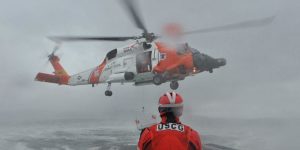
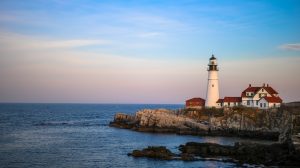
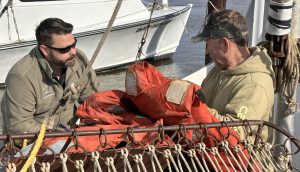
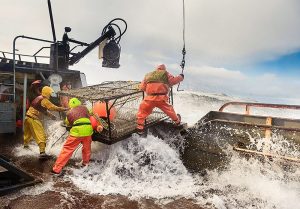
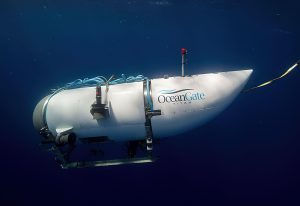 The U.S. Coast Guard has launched an investigation into the “catastrophic implosion” of the privately-owned underwater vessel TITAN. The vessel was destroyed while en route to the wreckage site of the TITANTIC, resulting in the tragic loss of all five individuals on board.
The U.S. Coast Guard has launched an investigation into the “catastrophic implosion” of the privately-owned underwater vessel TITAN. The vessel was destroyed while en route to the wreckage site of the TITANTIC, resulting in the tragic loss of all five individuals on board.